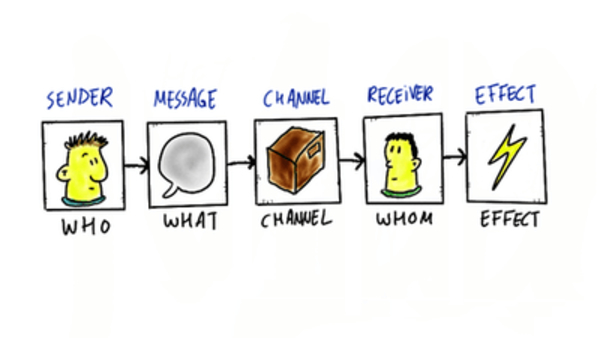Price:
4527 EUR
Contact
University of Amsterdam
Description
Since Antiquity, scholars have appreciated the importance of communication: as social beings, we cannot exist without communication. We need to interact with people around us, to make sense of the world and to position ourselves in a wider social and cultural reality. In this course, we look at how and why communication evolved as a science and reflect on today’s dominant paradigms. The course also extends beyond the boundaries of communication science itself, exploring dimensions of history, sociology and psychology. Join our class, together with people all over the world.
Introduction to Communication Science explores some of the basic theories, models and concepts from the fields of mass, interpersonal and intrapersonal communication. The course begins with a consideration of several basic models, subsequently progressing to the history of communication theory, linear effect-oriented theories, the reception approach and, finally, exploring theories on the production and reinforcement of culture through communication.
Upon completion of this course, students should:
• have knowledge of the history and development of communication science;
• have knowledge of the dominant theoretical approaches within communication science;
• have knowledge and understanding of the most important models and concepts in this field.
Beginning the week of February 16, 2015, you will be able to join Signature Track, a system that verifies your identity when you take an exam. This option will allow you to earn a Verified Certificate, which provides formal recognition of your achievements in the course and includes the University of Amsterdam logo. Before then, you can complete a “test run” of the exam. You can then re-take the exam after the Verified Certificate becomes available. For information regarding Verified Certificates, see https://courserahelp.zendesk.com/hc/en-us/articles/201212399-Verified-Certificates"
Specific details
Category of Education
Social Science
